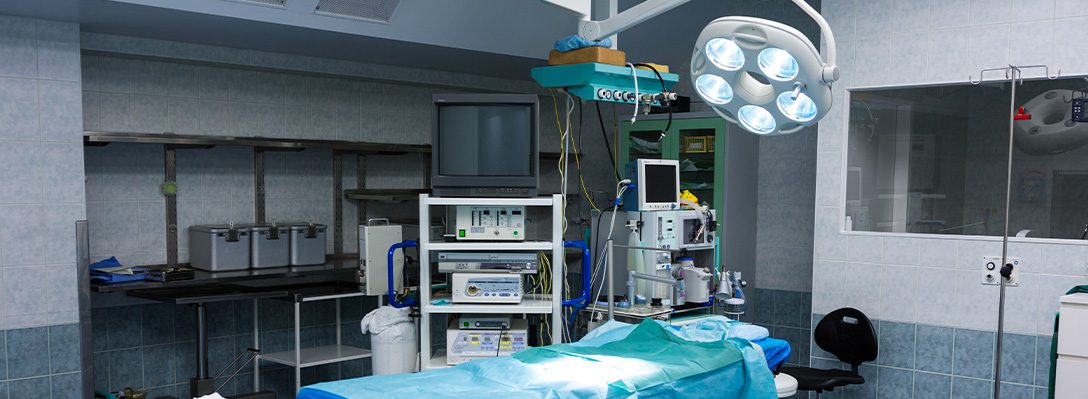Limb Salvage Surgery
Home » Limb Salvage Surgery
Enquire Now
Limb Salvage Surgery
Surgery to remove a tumor from a limb (arm or leg) without removing the whole limb (amputation). The bone and tissue around the tumor may also be removed, and an implant may be used to replace the part of the limb removed. Limb-salvage surgery is done to help save the use and appearance of the limb. It is used to treat cancers of the bone and soft tissue.
Also called limb-sparing surgery, limb salvage involves removing the cancer and about an inch of healthy tissue surrounding it. In addition, if a bone has been removed, the removed bone is replaced. The replacement can be made with synthetic metal rods or plates (prostheses), pieces of bone (grafts) taken from the patient’s own body (autologous transplant), or pieces of bone removed from a donor body (Cadaver) and frozen until needed for transplant (allograft). In time, transplanted bones grow into the patient’s remaining bones. Chemotherapy, radiation, or a combination of both treatments may be used to shrink the tumor before surgery is performed.

Limb salvage is performed in three stages. Surgeons remove the cancer and a margin of healthy tissue, implant a prosthesis or bone graft (when necessary), and close the wound by transferring soft tissue and muscle from other parts of the patient’s body to the surgical site. This treatment cures some cancers as successfully as amputation.
This kind of surgery requires a surgical/orthopedic oncologist with experience in treating bone and soft tissue sarcomas, and MGCHRI is well equipped with both man-power and equipment in doing this.








